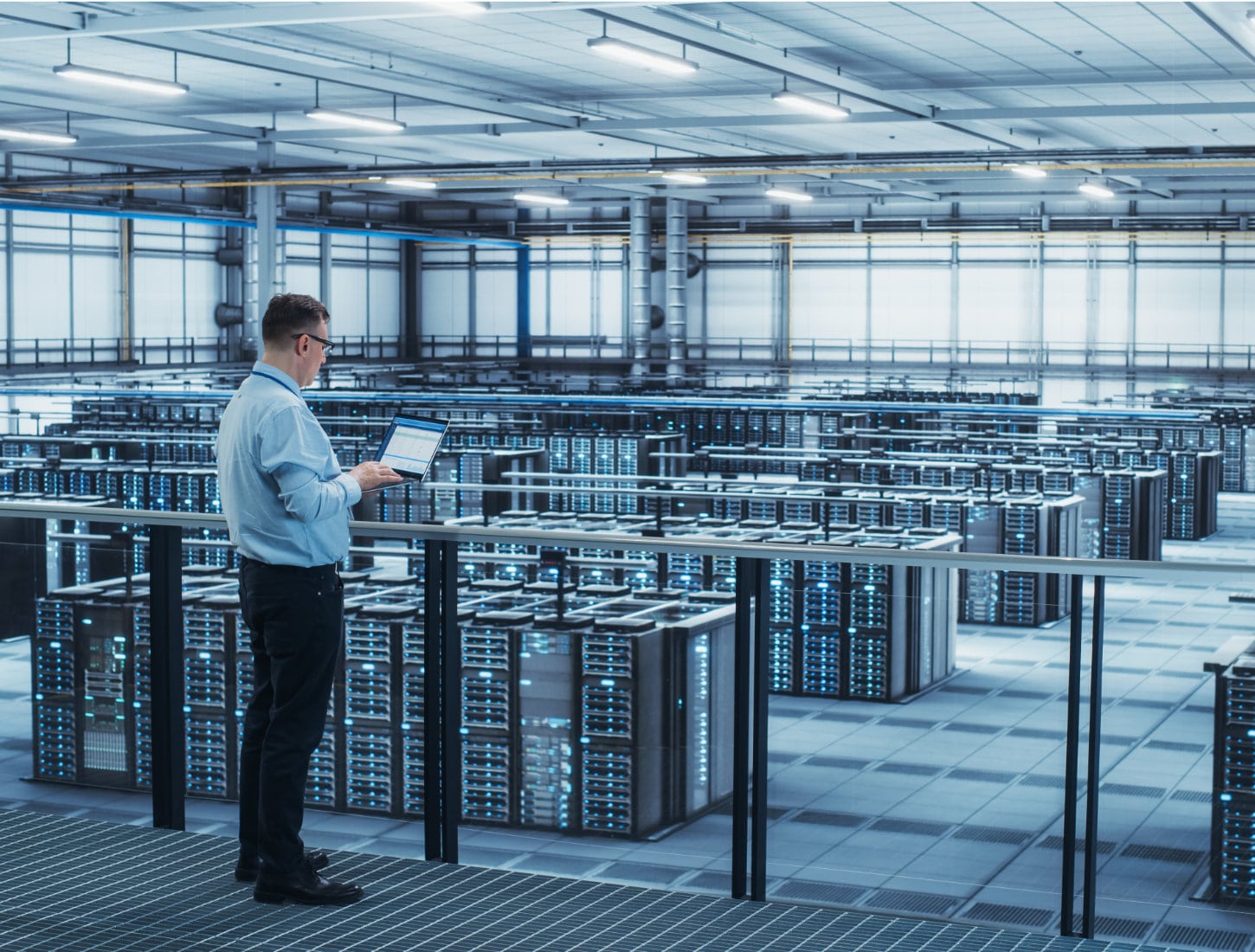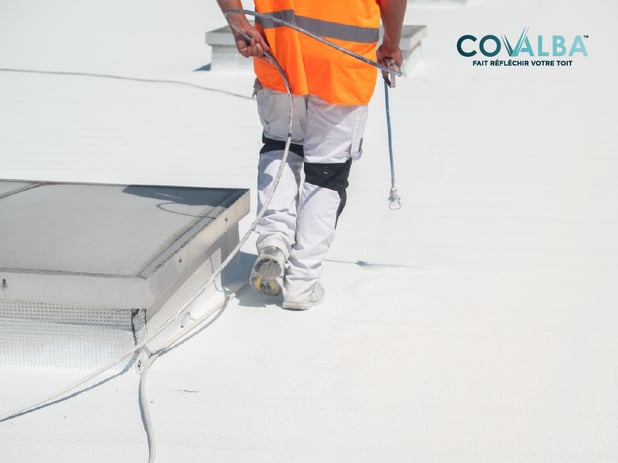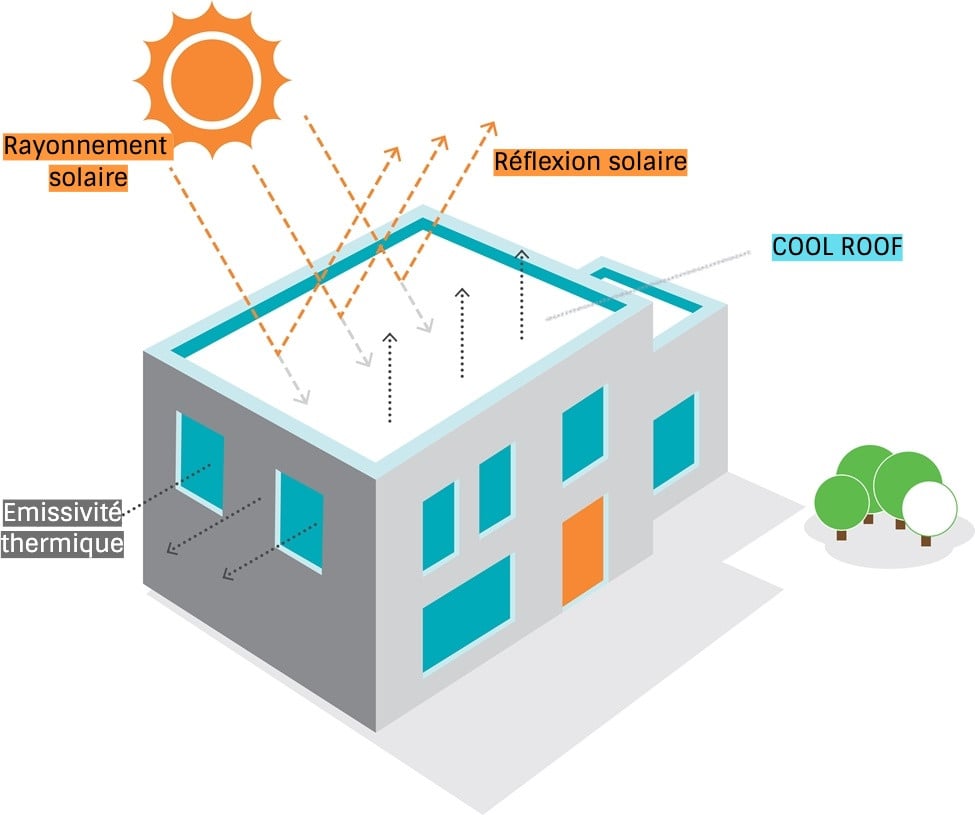Data centers are springing up all over the world. Necessary today to store the Internet's ever-growing data, these server rooms keep the various sites running smoothly. Like all IT equipment, servers continually emit heat. So, to ensure the viability of electronic components, the data center needs to be cooled. Various methods can be used to achieve this. You can opt for free cooling, an adiabatic system to cool the ambient air with water, or paint the roof of the data center white.
Why is it important to cool a data center?
Data centers have sprung up all over the world to keep the data circulating on the Internet up to date and permanently stored. American firms such as Google, Microsoft and IBM have made a major contribution to the democratization of this phenomenon. Today, data centers can be found in the vast majority of countries with Internet access.

Although data centers represent the ideal solution for processing information, they also pose a number of technical constraints. The main difficulty with data centers is maintaining an ideal temperature of between 18 and 27 degrees Celsius. Servers emit a great deal of heat. This can lead to overheating and damage to technical components.
So, to avoid such a situation, professionals need to cool their datacenters.
💡 S ee all our articles on building energy performance
What techniques exist for cooling a data center?
When it comes to cooling a data center, there are several major cooling systems available today, each with its own advantages. Generally speaking, temperature management in a server room is ensured by raised floors providing access to CRAH and CRAC units. CRAH uses chilled water via a fan to regulate the air in the room. The CRAC, on the other hand, is more of an air-conditioning system.
Both systems have long been used to cool servers, but are now beginning to disappear in favor of new, more energy-efficient technologies. Indeed, the HVAC (Heating, Ventilation and Air Conditioning) sector is the biggest energy consumer. In a context of energy sobriety, necessary to respond to the environmental crisis, professionals have every interest in considering these new solutions. There are currently three such solutions, which can be adapted to all types of data centers.
Free cooling
Free cooling is a solution particularly suited to regions with low outside temperatures. In this method, cool air from outside is blown directly into the data center room. The hot air emitted by the servers is expelled to the outside. For this method to work properly, the outside temperature must of course remain below the ideal temperature for the data center. In France, in major cities such as Paris, Lyon and Marseille, this solution is difficult to apply due to the recurrent heatwaves that occur every year.
The great advantage of free cooling is that it consumes relatively little energy.
Adiabatic systems
Adiabatic cooling is more efficient than free cooling, but also more energy-intensive. This method involves humidifying the ambient air in the data center to cool it. Unlike the CRAH solution, which was previously used on a massive scale, the adiabatic system does not require a chilled water plant to operate.
Its use in a data center requires the installation of adiabatic panels. When ambient air passes through these panels, it is immediately cooled by water particles. The adiabatic system also requires very little water.
The cool roof
The final possible solution for cooling a data center is the application of cool roofs on the roof of the building. The great advantage of the cool roof is that it consumes no energy. This solution enables the data center to be cooled passively, without the need for human intervention in day-to-day operations. To optimize the energy performance of a data center, the cool roof is the method of choice.

This method consists of applying a heat-reflective paint to the entire surface of the data center roof. Thanks to the powerful reflective effect of this white paint, solar radiation on the roof can be reflected by up to 94%. In fact, the thermal insulation of the roof will be greatly improved by the use of white paint rather than a dark coating. In summer, the cool roof's capabilities enable a clear reduction in the temperature of the roof and the interior of the data center.

Further information